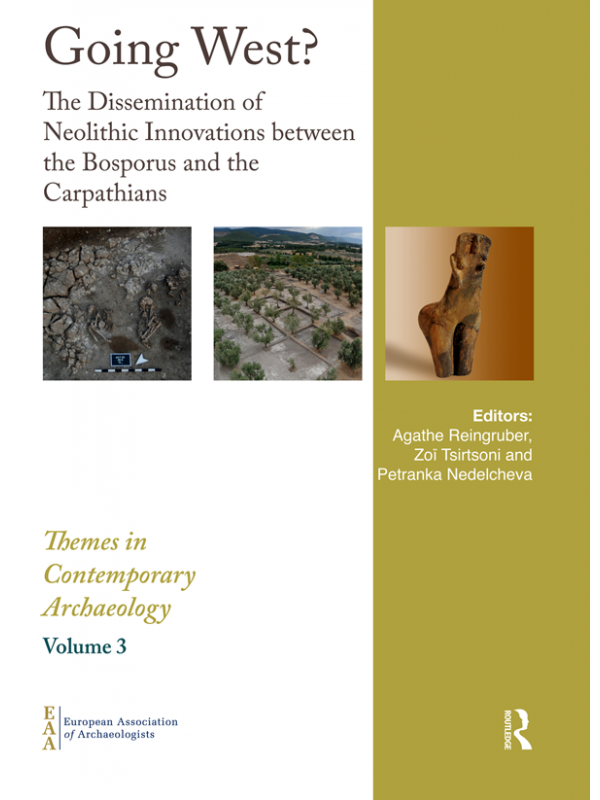Shopping Cart
0 item(s) - 0.00лв
Going West? The Dissemination of Neolithic Innovations between the Bosporus and the Carpathians
Going West? The Dissemination of Neolithic Innovations between the Bosporus and the Carpathians. Proceedings of the EAA Conference, Istanbul, 11 September 2014. (Themes in Contemporary Archaeology. Volume 3)
Table of contents
Introduction
N. Karul. Northwest Anatolia: A Border or a Bridge between Anatolia and the Balkans during the Early Neolithic Period?
E. Özdoğan. Anatolia and the Balkans: The Role of the Black Sea between “East” and “West” during the Neolithic Period
B. Erdoğu. Whither the Aegean Neolithic?
L. Lespez, Z. Tsirtsoni et al. Identifying the Earliest Neolithic Settlements in the Southeastern Balkans: Methodological Considerations based on the Recent Geoarchaeological Investigations at Dikili Tash (Greek Eastern Macedonia)
I. Gatsov, P. Nedelcheva et al. Lithic Industries and their Role in Neolithisation Models in Southeast Europe
V. Nikolov. Thrace, post-6000 BC
L. Thissen. The First Balkan Neolithic in the Lower Danube Plain and the Making of a Pottery Tradition
A. Reingruber. The Beginning of the Neolithic Way of Life in the Eastern Lower Danube Area: A View from the North
C. Lichter. The Transition from the Mesolithic to the Neolithic between Western Anatolia and the Lower Danube: Evidence from Burial Customs
L. Thissen, A. Reingruber. 14C Database for Southeast Europe and Adjacent Areas (6600—5000 cal BC)
List of contributors
List of figures and tables
| Details | |
| Publisher | Routledge |
| Language | English |
| Pages | 508 |
| Illustrations | b/w figures, maps |
| Binding | paperback |
| ISBN | 978-1-138-71483-6 |
| Creation date | 2017 |
| Size | 16 x 24 cm |
Write a review
Your Name:Your Review: Note: HTML is not translated!
Rating: Bad Good
Enter the code in the box below:









